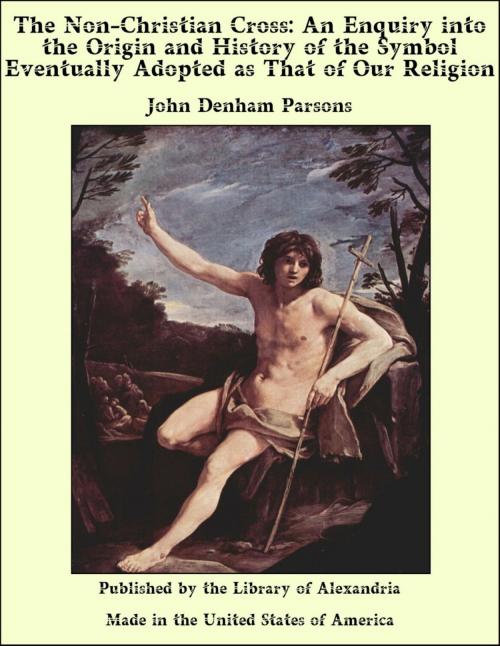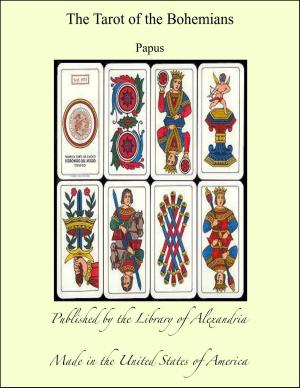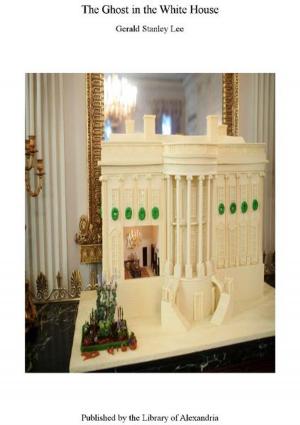The Non-Christian Cross: An Enquiry into The Origin and History of The Symbol Eventually Adopted as That of Our Religion
Nonfiction, Religion & Spirituality, New Age, History, Fiction & Literature| Author: | John Denham Parsons | ISBN: | 9781465501578 |
| Publisher: | Library of Alexandria | Publication: | July 29, 2009 |
| Imprint: | Library of Alexandria | Language: | English |
| Author: | John Denham Parsons |
| ISBN: | 9781465501578 |
| Publisher: | Library of Alexandria |
| Publication: | July 29, 2009 |
| Imprint: | Library of Alexandria |
| Language: | English |
The history of the symbol of the cross has had an attraction for the author ever since, as an enquiring youth, he found himself unable to obtain satisfactory answers to four questions concerning the same which presented themselves to his mind. The first of those questions was why John the Baptist, who was beheaded before Jesus was executed, and so far as we are told never had anything to do with a cross, is represented in our religious pictures as holding a cross. The second question was whether this curious but perhaps in itself easily explained practice had in its inception any connection with the non-Mosaic initiatory rite of baptism; which Jesus accepted as a matter of course at the hands of his cousin John, and in which the sign of the cross has for ages been the all-important feature. And it was the wonder whether there was or was not some association between the facts that the New Testament writers give no explanation whatever of the origin of baptism as an initiatory rite, that this non-Mosaic initiatory rite was in use among Sun-God worshippers long before our era, and that the Fathers admitted that the followers of the Persian conception of the Sun-God marked their initiates upon the forehead like the followers of the Christ, which finally induced the author to start a systematic enquiry into the history of the cross as a symbol.
The history of the symbol of the cross has had an attraction for the author ever since, as an enquiring youth, he found himself unable to obtain satisfactory answers to four questions concerning the same which presented themselves to his mind. The first of those questions was why John the Baptist, who was beheaded before Jesus was executed, and so far as we are told never had anything to do with a cross, is represented in our religious pictures as holding a cross. The second question was whether this curious but perhaps in itself easily explained practice had in its inception any connection with the non-Mosaic initiatory rite of baptism; which Jesus accepted as a matter of course at the hands of his cousin John, and in which the sign of the cross has for ages been the all-important feature. And it was the wonder whether there was or was not some association between the facts that the New Testament writers give no explanation whatever of the origin of baptism as an initiatory rite, that this non-Mosaic initiatory rite was in use among Sun-God worshippers long before our era, and that the Fathers admitted that the followers of the Persian conception of the Sun-God marked their initiates upon the forehead like the followers of the Christ, which finally induced the author to start a systematic enquiry into the history of the cross as a symbol.















